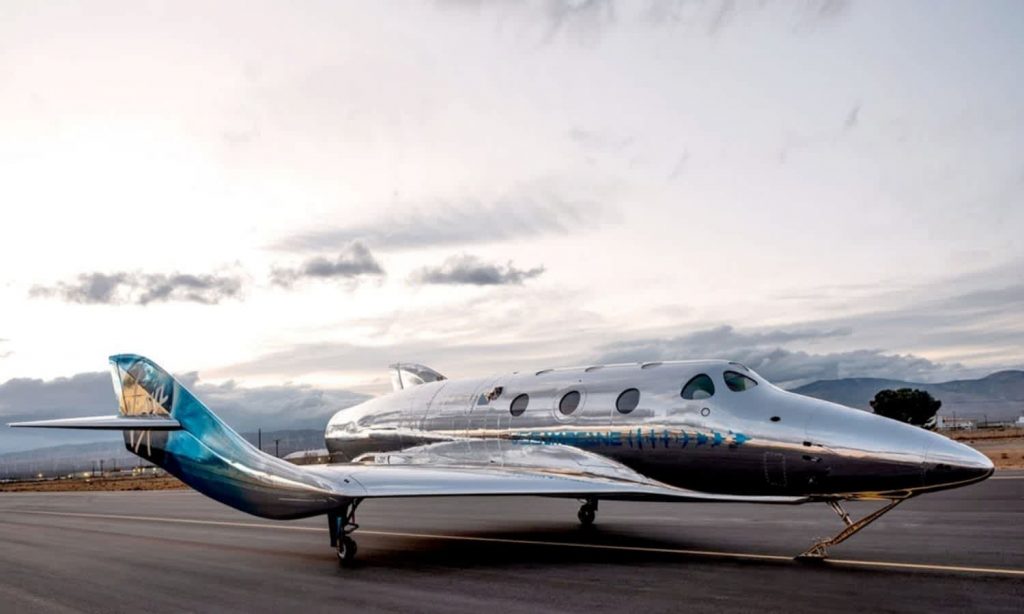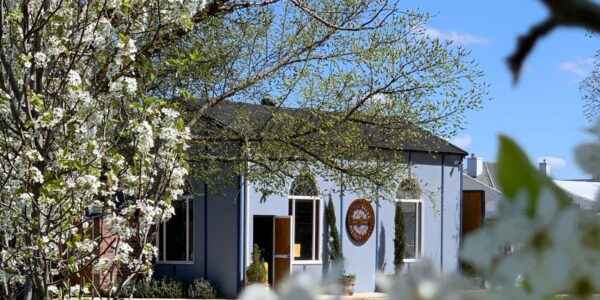Out-of-this-world designs were revealed last year for Richard Branson’s Virgin Galactic SpaceshipTwo cabin interiors, and now, Virgin Galactic has unveiled its latest spacecraft, the VSS Imagine.

“For us to make the business start to scale, at the places that we’re aspiring towards, we need two things,” Virgin Galactic CEO Michael Colglazier told CNBC. “We need many more ships than we have right now and we also need the ships that we bring forward to be built in a way that they’re able to be maintained in a way that we can have much quicker than what we have with Unity.”
Space tourism is gearing back up post-COVID-19, with travel restrictions easing and developing space exploration seeming more doable in the coming years, as seen through Elon Musk’s SpaceX missions and NASA’s historical breakthroughs on Mars.
Virgin’s newest ship, Imagine, was designed to be a more “modular” spacecraft, which allows for it to be built much more quickly than the Unity spacecraft was. The modular approach allows for construction to happen in sections, rather than building the entire aircraft in one go.
“The fuselage, cabin, the wing body, the flat plane form of the wings, and then the tail booms—all were built separately,” explains Colgalzier.
Although this process is better in the long-term for designing future crafts and understanding the mechanisms and technology of building other spaceships in the future, it’s still a highly specialised and labour intensive process.

Colglazier calls the Imagine a “fairly handcrafted piece,” and production level tooling is still on its way. As they get closer to perfecting this process, Virgin Galactic will be able to launch what they are calling the Delta class spaceships, which can be built at the same time. At that point, Colglazier says they will be “where I think we hit scale on the manufacturing front.”
“Virgin Galactic spaceships are built specifically to deliver a new, transforming perspective to the thousands of people who will soon be able to experience the wonder of space for themselves,” says Richard Branson, Virgin founder.
“As a SpaceShip III class of vehicle, Imagine is not just beautiful to look at, but represents Virgin Galactic’s growing fleet of spaceships. All great achievements, creations and changes start with an idea. Our hope is for all those who travel to space to return with fresh perspectives and new ideas that will bring positive change to our planet.”
This brings some hope for the future of space exploration and the company’s ability to invest after COVID-19 put a pause on previous missions.
As reported by Lonely Planet, 2020 was the year that 16 flights were set to take place, each running for 90-minutes and taking passengers/astronauts outside the Earth’s atmosphere. In lieu of these flights, Virgin Galactic released its concept designs for the cabin interiors of its first SpaceShipTwo vehicle, the VSS Unity, last year.
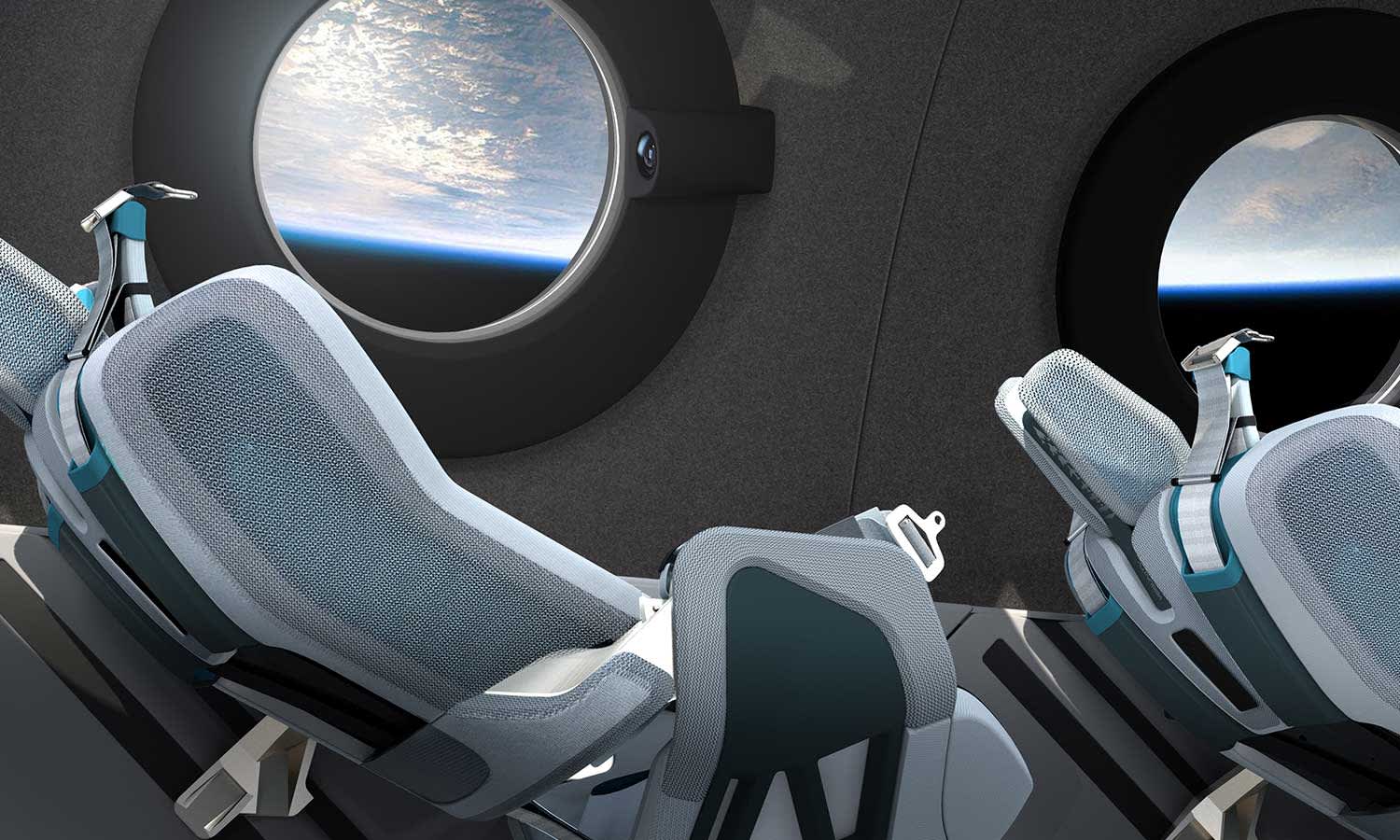
The spacecraft is designed to accommodate six passengers and a two-member crew. Particular attention has been awarded to the design of the seats, which are adjustable to each passenger’s weight and height.
The seats recline beyond your typical plane standards to allow for G-force management and are composed of comfortable engineered foam and 3D knit technical fabrics, which were developed in partnership with Under Armour.
The reclined nature of the seats also allows for more internal cabin space, which comes in handy when passengers enter zero-gravity and are able to float freely around the cabin.
“SpaceShipTwo’s cabin was deliberately sized to allow for an out-of-seat weightlessness experience for the astronauts on board,” a press release from Virgin Galactic reads.
“The interior design focuses on this critical part of the experience. Soft cabin surfaces and elements become intuitive hand and footholds, allowing astronauts to explore the cabin freely and fully.”
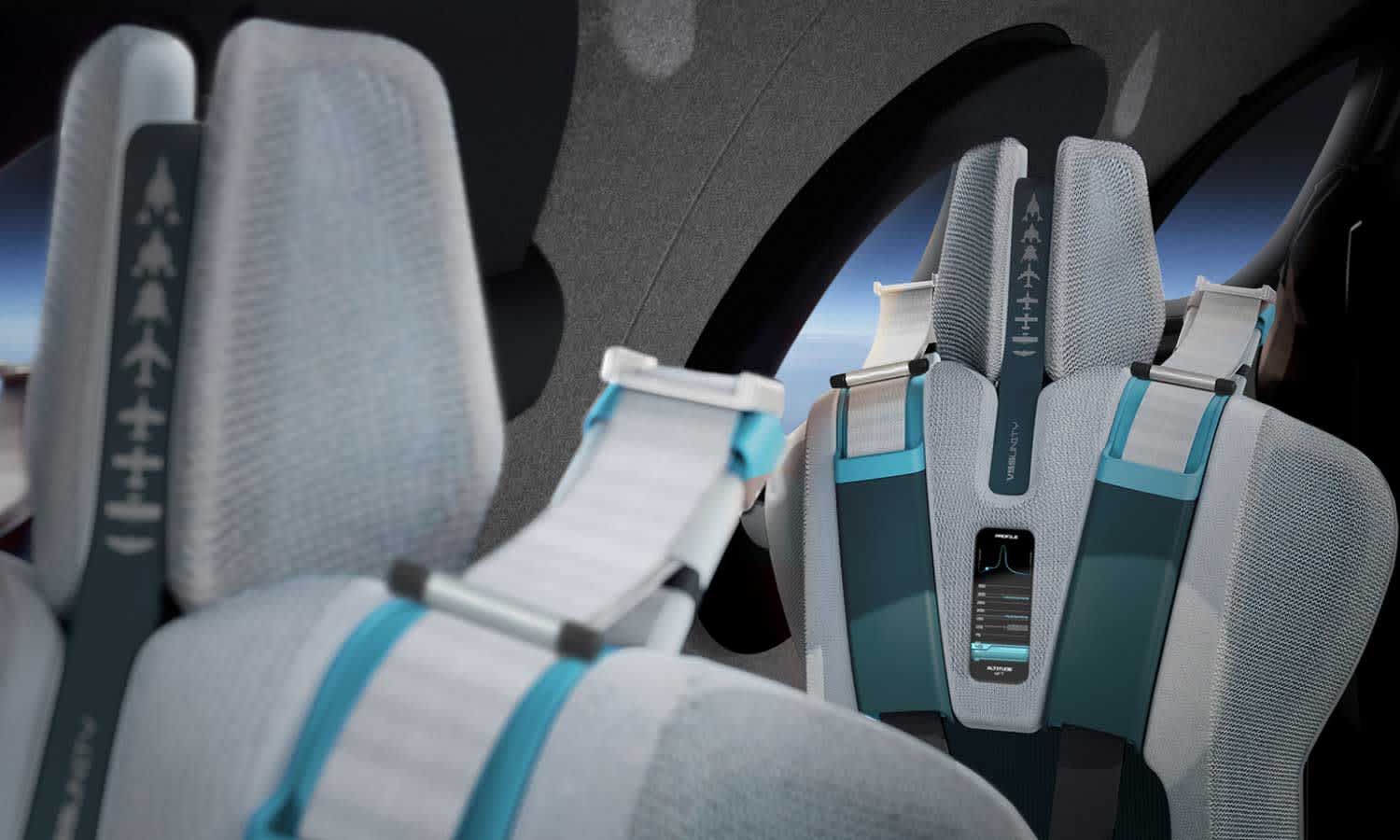
The colour palette of the cabin is fairly neutral and minimal with steely space greys, blues inspired by “celestial spaces” and ocean-hued teals. It’s a purposeful design element though out to highlight the views beyond the cabin’s 12 large windows.
Another notable aspect is the mood lighting, which is actually synced to each flight phase. Multi-colour LEDs are concealed within the ‘halo’ window frames, and are used to “subtly reflect back and therefore elevate, the human responses to each of the contrasting stages of flight”.
While passengers will not be able to whip out their smartphones, the cabin is equipped with 16 high-quality cameras that will snap photos and videos of astronauts along the journey.
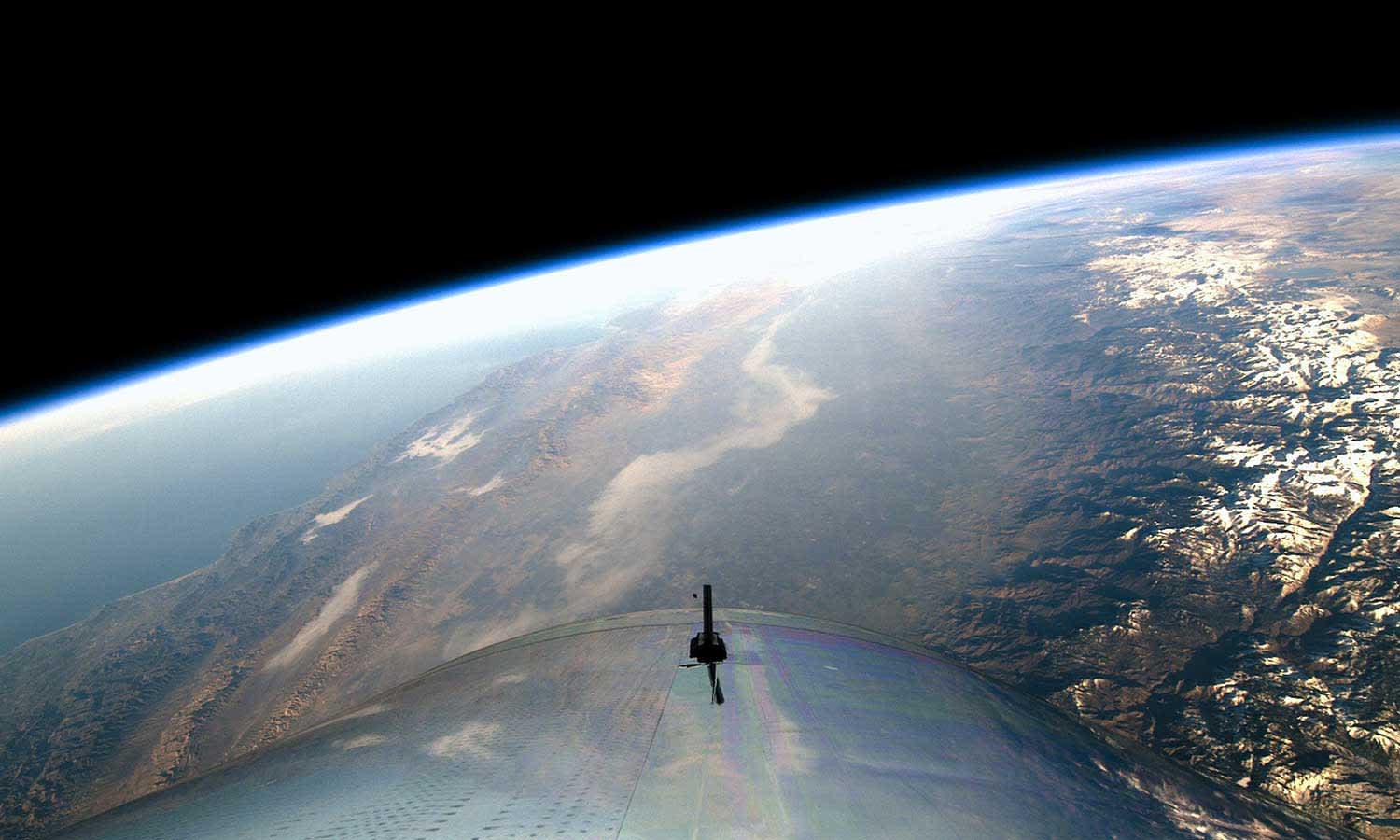
When the spacecraft finally reaches its destination outside the Earth’s atmosphere, all lights inside the craft will be switched off, allowing passengers a moment to appreciate the beauty of the planet so far behind them.
“While it has been created to integrate seamlessly with every other aspect of the Virgin Galactic astronaut journey — the cabin is also the design centrepiece; providing safety without distraction, quietly absorbing periods of sensory intensity and offering each astronaut a level of intimacy required for personal discovery and transformation,” Virgin Galactic says.
Read more stories from The Latch and subscribe to our email newsletter.


